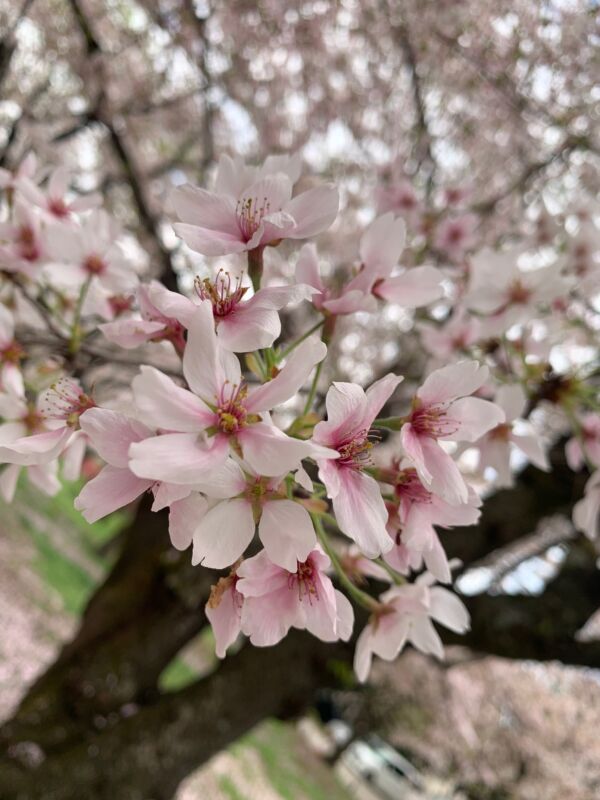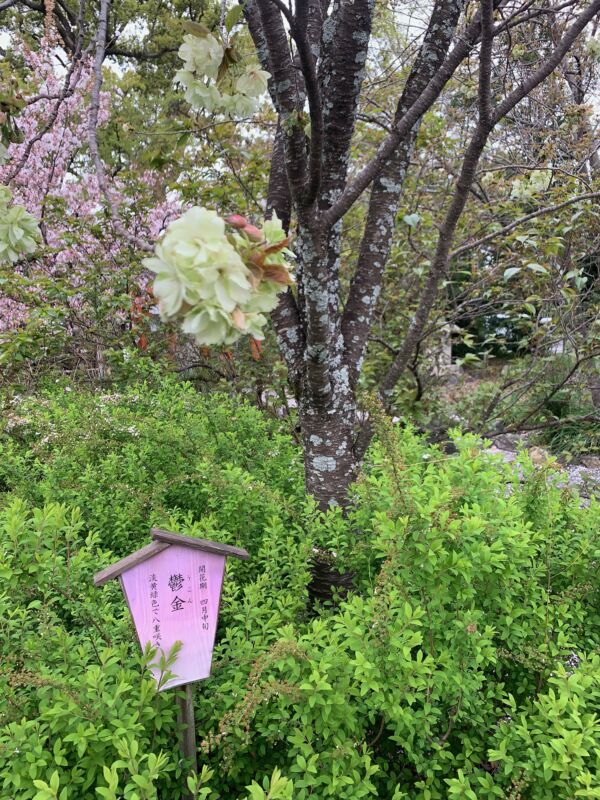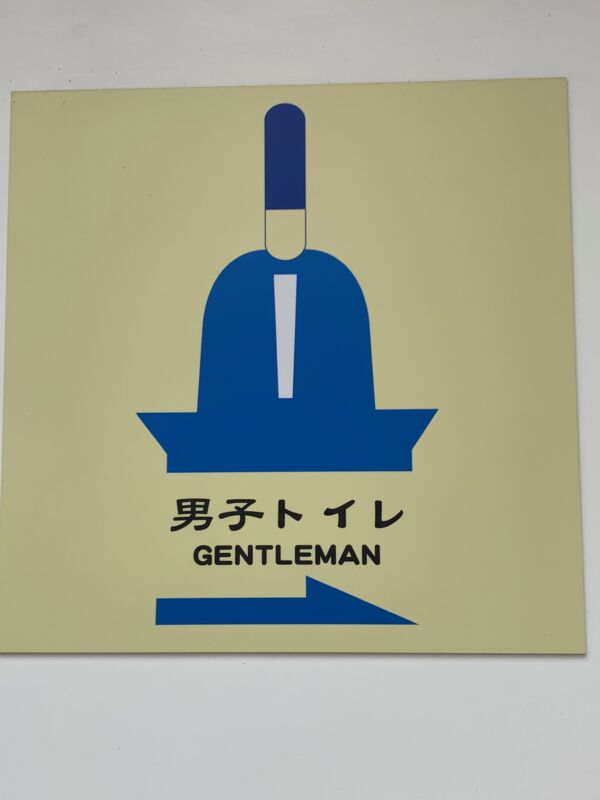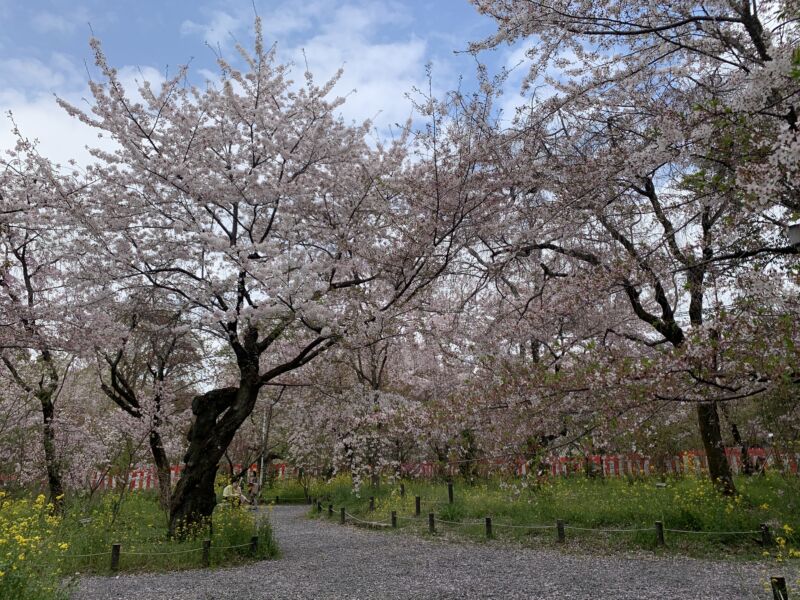
Today being Easter Sunday inevitably leads to thoughts of death and rebirth, and Japan’s cherry blossom season is an annual reminder of nature’s power to renew itself. Of all Kyoto’s many shrines, none is so prominent at this time of celebration as Hirano Jinja, which is host to no fewer than 400 cherry trees of 50 different varieties.
Though not as famous as other shrines in the city, Hirano was actually one of Japan’s most prestigious shrines in Heian times (794-1186). It ranked no. 5 after Ise, the Kamo shrines (meaning Kamigamo and Shimogamo), Iwashimizu Hachimangu and Matsuoo Taisha. It was because of its prestige that aristocrats started donating cherry trees.

The shrine holds a cherry blossom festival on April 10 each year, which used to be when the flowers were at a peak. This year the cherry blossom have bloomed ten days earlier than usual, causing concerns about climate change. (Some authorities even suggest it may be the earliest for over 1000 years.)
The beauty of the cherry blossom is inextricably linked with transience in the Japanese tradition, adding a note of melancholy to its appreciation. This was identified by the famous Nativist scholar Motoori Norinaga as mono no aware (the pathos of things), an aesthetic which underlies Japanese culture as a whole. It prompted him to compose a famous haiku:
If someone wonders
how to describe the spirit
of the Japanese,
say “mountain cherry blossoms,
glowing in the morning sun.” (Tr. David Bowles)
shikishima no yamatogokoro o hito towaba asahi ni niou yamazakura hana.










***********************
For more about Hirano Jinja and cherry blossom, see this 2015 account. For cherry blossom celebrations in general, see here and here.

A wonderful posting: fine poetry, beautiful and informative photos, and insight into the complex Japanese culture. Thank goodness for Green Shinto! Makes this elderly bag of bones want to visit Kyoto again, this time in late March or early April! Green Shinto permits a vicarious visit; many thanks.
Thank you for those warm words, and you will be most welcome in Kyoto any time. Better make it March rather than April though, as the cherry trees are blossoming earlier and earlier each year.